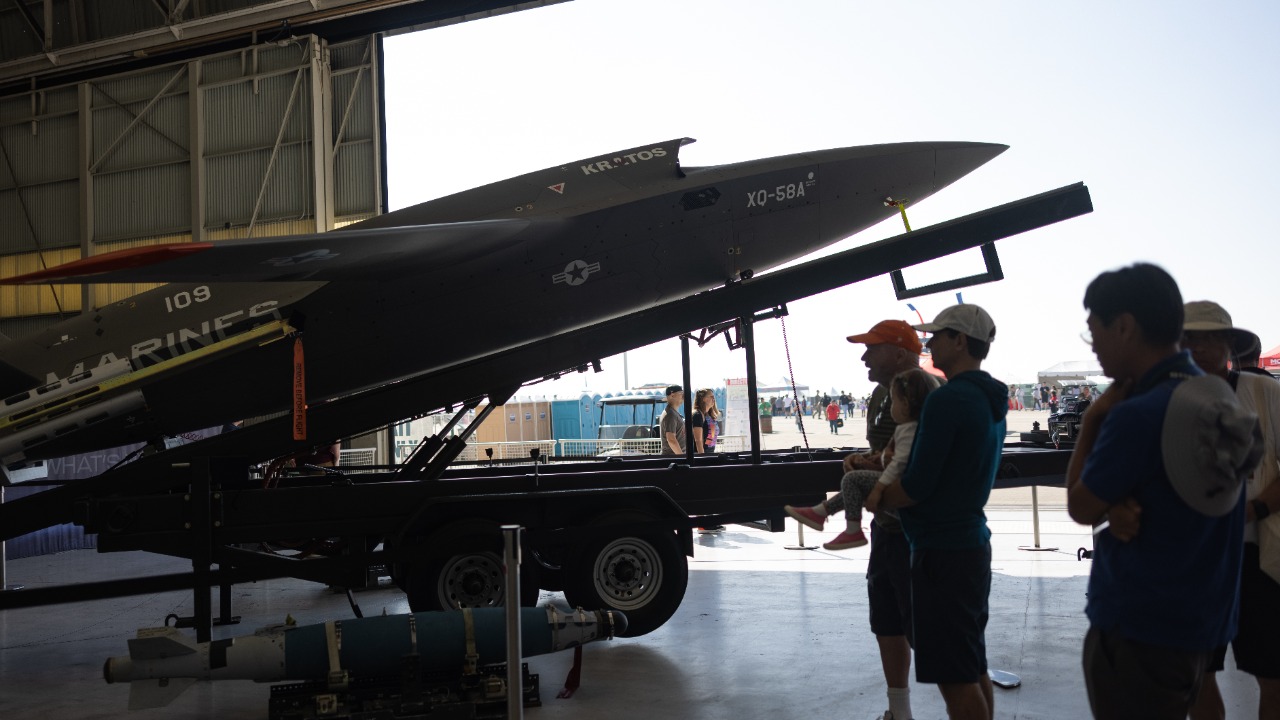
The US military is in the market for Shahed-style drones, with a particular focus on potential Pacific conflicts. This interest has been sparked by the lessons learned from ongoing warfare. A Virginia-based company asserts that it has the solution to meet these specific needs. This development comes in the wake of a recent statement by a US general, who underscored the Army’s need for drones akin to the Shaheds that Russia is currently deploying against Ukrainian cities.
The Strategic Imperative for Shahed-Style Drones
The US military’s interest in Shahed-style drones for a Pacific conflict is not arbitrary. These low-cost, long-range unmanned aerial vehicles could be a game-changer in countering regional threats. Their affordability and ability to be deployed in large numbers make them a formidable force, capable of overwhelming defenses. This aligns with the broader military modernization efforts that prioritize drone swarms for future operations.
Shahed-style drones offer tactical advantages in contested environments. Their ability to operate at long ranges and in large numbers can disrupt and overwhelm enemy defenses. This is a crucial factor in the Pacific region, where the US faces potential threats from well-equipped adversaries.
Lessons from Russia’s Use in Ukraine
The effectiveness of Shahed-style drones in attrition-based warfare is not theoretical. Russia’s ongoing use of these drones against Ukrainian cities provides real-world evidence of their potential. The drones have played a significant role in disrupting infrastructure and forcing the allocation of resources to counter them, thereby straining Ukrainian defenses.
These tactics are influencing US military doctrine for peer-level competitions. The ability to disrupt and strain enemy resources using relatively low-cost drones is a strategy that the US military is keen to adopt, especially in the Pacific region where potential adversaries have significant military capabilities.
A US General’s Call for Adaptation
On October 16, 2025, a US general emphasized the Army’s need for drones like the Shaheds. The general’s statement underscores the need for the US military to adapt and match adversary innovations. This call for adaptation has significant implications for Army procurement priorities, which will likely see a shift towards acquiring Shahed-style drones.
The general’s statement is a clear recognition of the changing dynamics of modern warfare. The use of drones, particularly in the style of Shaheds, is becoming an essential part of military strategy. The US Army, in response to this assessment, is likely to prioritize the integration of similar capabilities into its operations.
The Virginia Company’s Proposed Solution
A Virginia-based company claims to have the answer to the US military’s need for Shahed-style drones. The company’s offerings are tailored to meet the requirements for Pacific theater operations. The company’s drones are designed to operate effectively in the Pacific region, aligning with the US military’s strategic objectives.
The company’s drones have unique features that address US military specifications. While specific details about these features are not available, the company’s assertion suggests that its drones are designed to meet the unique challenges and requirements of the Pacific theater.
Challenges in Scaling Drone Production
Producing Shahed-style drones at scale for the US military is not without challenges. There are logistical hurdles to overcome, including supply chain dependencies. The Virginia company will need to ensure a reliable supply chain to meet the potential demand from the US military.
There are also regulatory and technological barriers that the company must overcome to deliver on its claims. These include obtaining necessary approvals and certifications, as well as ensuring that the drones meet the technical specifications required by the US military. Additionally, there are funding and timeline pressures tied to the 2025 defense budget cycle that the company must navigate.
Implications for Pacific Deterrence
The adoption of Shahed-style drones could significantly enhance US deterrence in the Pacific. These drones, when integrated with existing naval and air assets, could enable multi-domain operations, increasing the US military’s operational flexibility and reach.
In the long term, accelerated drone deployment could lead to shifts in regional power dynamics. The ability to deploy large numbers of drones could give the US a significant advantage over potential adversaries, altering the balance of power in the Pacific region.
More from MorningOverview